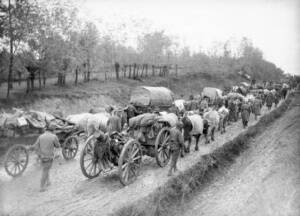A Time for Peace was launched one year ago on 18th October, thanks to Jan Fortune and her son, Rowan, who read an initial draft and saw the novel’s potential. I’m also grateful to all those who’ve bought it and read it. Fingers crossed that during the coming year, I’ll be able to reach more readers.
As we approach Armistice Day (11th November) and Remembrance Sunday (12th November), I recall that part of my intention in developing the narrative, was to include the differing attitudes to war that prevailed one hundred years ago.
Stefan, his mentor, Tomislav, his best mate, Rajko and his cousin, Mikaiho, each represent soldiers in Serbia in 1914. On the eve of war, Stefan wants peace and a political solution; Tomislav wants to follow the ‘will of the people’; Rajko fights with a passion for revenge for earlier defeats and a frightened Mikaiho hides behind the idolisation of his hero, Prince Marko.
Inevitably the reality of war, modifies ideals, and during the course of the novel, each man changes. I hope readers question what it means to be a hero. How do we judge ‘bravery’ and what is ‘patriotism’?
‘What else could I do? ‘Skedaddle’, I suppose. I never thought.
It would have wanted some pluck. I stuck to my machine gun
to save my skin.It was all I had to hang on to.’ *
In Serbia during 1914-15, there were many foreign women who served as medics. I chose 3 British women and 1 Serb with differing attitudes to the war. Ellen, who at one time considered becoming a soldier, wants adventure. Audrey, her friend and a surgeon, wants peace and experience of helping the wounded. Matron longs to show the Serbs how a hospital should be run and Stamenka, Stefan’s wife, taking on the traditional role of women, puts her husband and son first.
The women’s views also change. During the exodus out of Serbia they face harsh physical conditions, starvation and the psychological fear of the unknown. Are any of these women heroes? Is it more or less heroic to face a potential attack armed or unarmed? These are the questions I asked myself as I wrote.
The Serb King Petar being carried by bullock cart through Serbia to Albania
Perhaps not surprisingly, I grew to like all my characters and I can identify to a greater or lesser extent with each of them. Some readers do the same. Others prefer Stefan to Ellen, or Ellen to Stefan. I’m curious as to why, and when these preferences are strong, is it due to personal taste, the characters themselves, Serbia as this particular theatre of war, or maybe expectations about the roles of men and women.
One of the reasons I wrote A Time for Peace, was to explore these issues, but at the heart of it, is a concern for what I, and others, expect from soldiers.
This novel is about ‘collateral’ damage rather than the actual fighting. It’s about the violence committed on civilians- old men, women and children- by soldiers. Atrocities affect not only the victim and those who inflict it, but also those who witness it- either directly or indirectly. It’s not a romantic novel but love and redemption are at its core.
The Serb army leaves its country.
There are very few Rajkos- men who thrive on killing- and he had his tender moments. Most soldiers – I like to think- resemble Stefan. They are good men who fight because they have to, but what they want is peace. Nonetheless, they witness cruelty and sometimes that affects how they behave and feel when they return home. Sometimes they internalise their experience and sometimes they can’t.
As for women, their lives in the theatres of war often remain hidden. The Serbs are grateful to the foreign women medics who helped them, but also, I hope to those Serbs, women like Stamenka, who show a different kind of heroism.
- Words of 19 year-old Lt. Graham who won the Victoria Cross during WW1.


Recent Comments